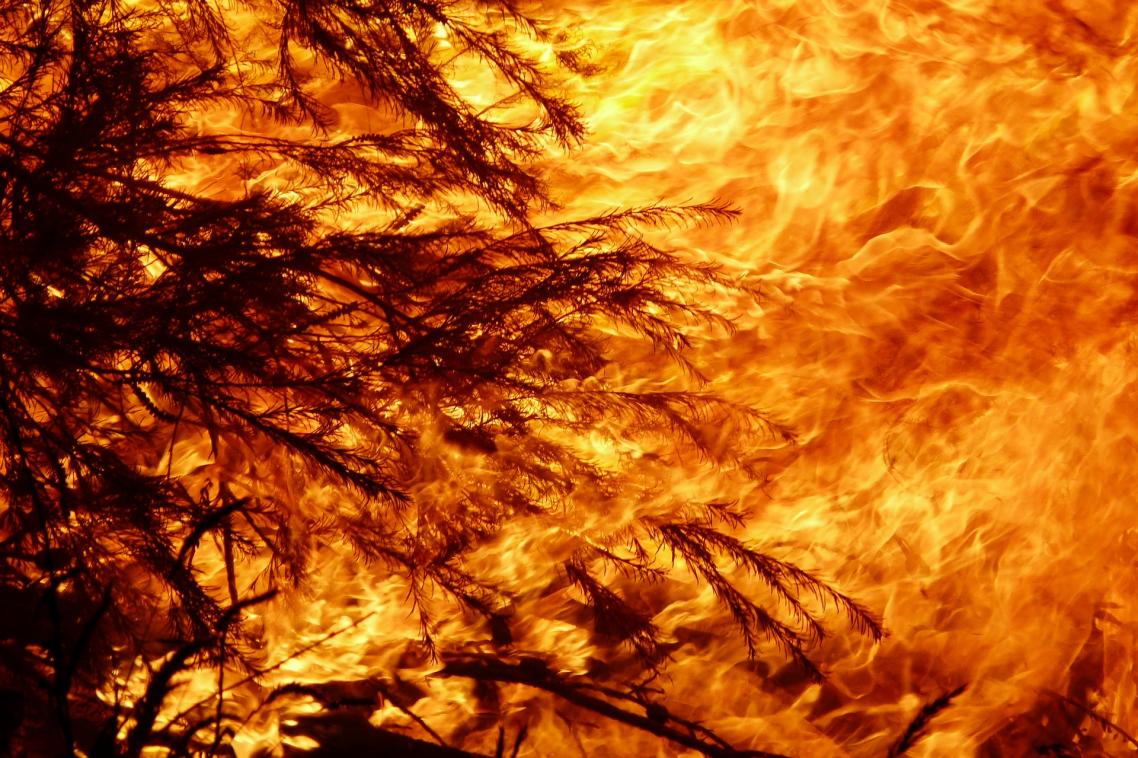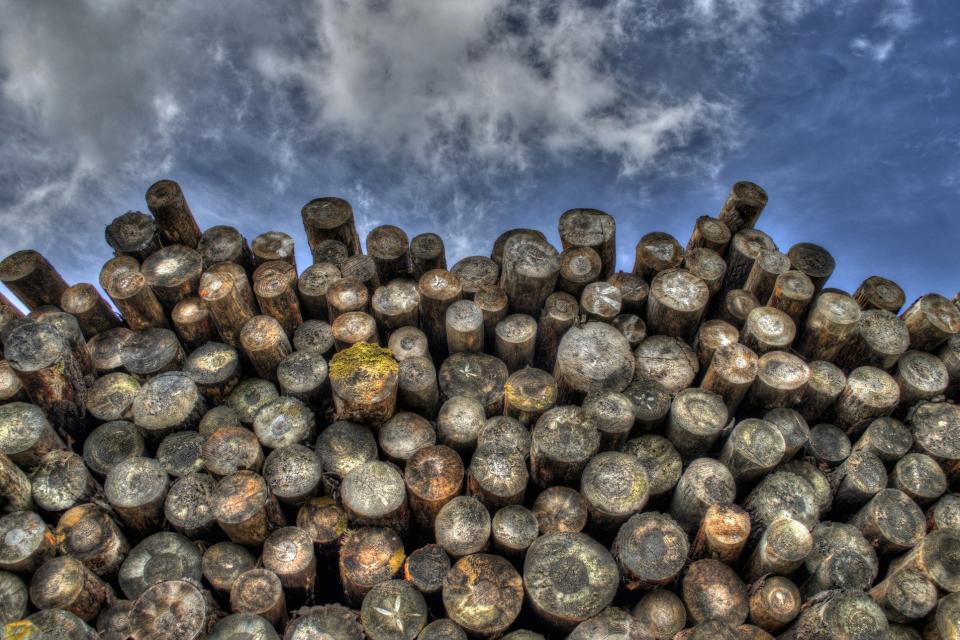Recent Australian wildfires made worse by logging

Logging of native forests increases the risk and severity of fire and likely had a profound effect on the recent, catastrophic Australian bushfires, according to new research.
In the wake of the country’s worst forest fires in recorded history, University of Queensland researchers have been part of an international collaboration, investigating Australia’s historical and contemporary land-use.
UQ Professor and Wildlife Conservation Society Director James Watson said logging regimes have made many forests more fire prone for a host of reasons.
“Logging causes a rise in fuel loads, increases potential drying of wet forests and causes a decrease in forest height,” Professor Watson said.
“It can leave up to 450 tonnes of combustible fuel per hectare close to the ground – by any measure, that’s an incredibly dangerous level of combustible material in seasonally dry landscapes.
“By allowing these practices to increase fire severity and flammability, we undermine the safety of some of our rural communities.
“It affects wildlife too by creating habitat loss, fragmentation and disturbance for many species, with major negative effects on forest wildlife.”

“The first is to prevent logging of moist forests, particularly those close to urban areas,” Professor Lindenmayer said.
“We must also reduce forest fragmentation by proactively restoring some previously logged forests.
“In the event of wildfires, land managers must avoid practices such as ‘salvage’ logging – or logging of burnt forests – which severely reduces recovery of a forest.”
The Federal Government has launched a Royal Commission to find ways to improve Australia's preparedness, resilience, and response to natural disasters.
Researcher Michelle Ward, from UQ’s School of Earth and Environmental Sciences, said it was time for government to act.
“We urge policy makers to recognise and account for the critical values of intact, undisturbed native forests, not only for the protection of biodiversity, but for human safety,” Ms Ward said.
“Let’s act strongly and swiftly for the sake of our communities, the species they house, our climate and Australia’s wild heritage.”
The study was undertaken by a team from ANU, Macquarie University, UQ, and the Wildlife Conservation Society.
It has been published in Nature Ecology and Evolution (DOI: 10.1038/s41559-020-1195-5).
Media: Michelle Ward, m.ward@uq.edu.au, +61 474 037 657; Professor David Lindenmayer, david.lindenmayer@anu.edu.au; +61 2 6125 0654; James Watson, jwatson@wcs.org, +61 409 185 592; Dominic Jarvis, dominic.jarvis@uq.edu.au, +61 413 334 924.
Related articles

New data reveals how Australia’s threatened reptiles and frogs are disappearing – and what we have to do

Sunlight-powered breakthrough turns methane into valuable ethylene
Media contact
UQ Communications
communications@uq.edu.au
+61 429 056 139
